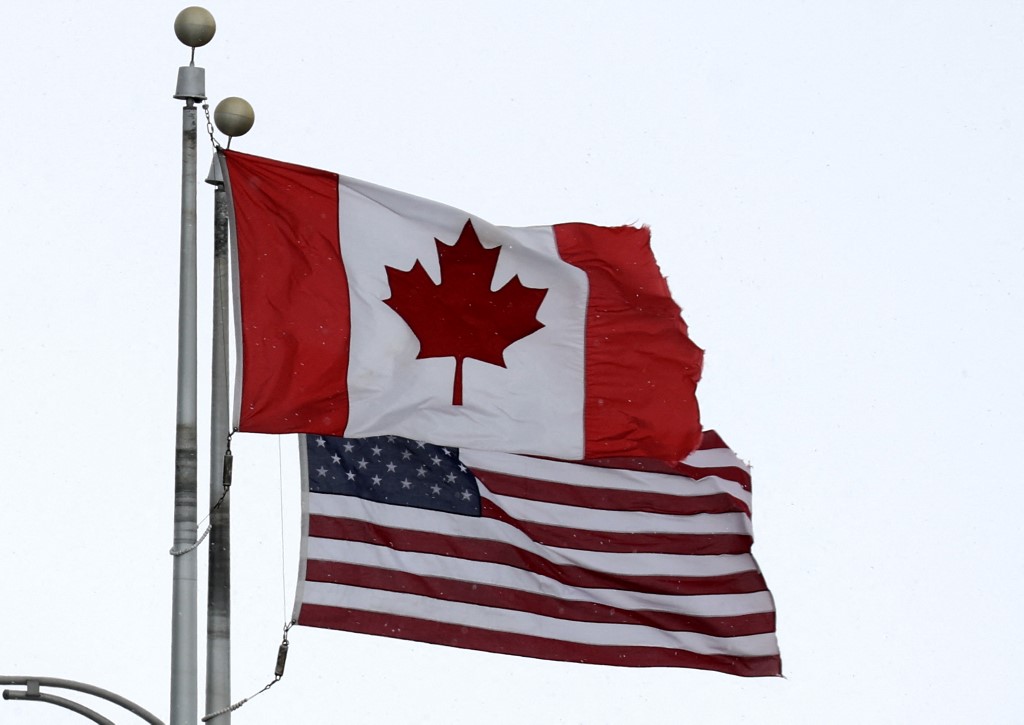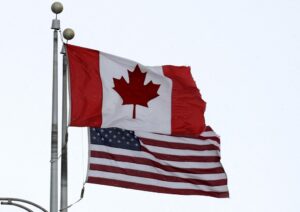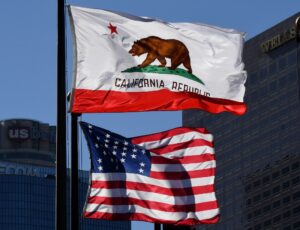If this were any other election, Pierre Poilievre and the populist Conservatives would be well on their way to victory. They were overwhelming favorites to win Canada’s 45th federal election this Monday, but then two things happened: Donald Trump became the President of the United States, and incumbent Prime Minister Justin Trudeau stepped down.
The mukluk is on the other foot. Given the international backlash against Trump’s tariff measures, Canadians are suddenly poised to re-elect the Liberal Party, now led by former Bank of Canada (and Bank of England) governor Mark Carney. As we go to press, the Liberals are -260 favorites on the politics odds board at Bovada (visit our Bovada Review) to win the popular vote, and -130 to secure a majority in Parliament.
Nobody’s popping any champagne bottles yet, mind you. The gap between the Liberals and Conservatives has been shrinking in the final week before Monday’s vote; according to poll aggregator 338Canada, the Grits held a 3% edge over the Tories on Sunday – roughly the same edge Kamala Harris and the Democrats had built over Trump’s Republicans in the 2024 U.S. election.
Will history repeat itself on the other side of the 49th Parallel? Perhaps. Let’s dig deep, peel back the layers, and see what might be in store for Canadians and the “coalition of the willing” this Monday.
Which Party Will Win the Popular Vote?
| Liberal Party | -260 |
| Conservative Party | +175 |
| New Democratic Party | +15000 |
| Bloc Québécois | +20000 |
| Green Party | +20000 |
| People’s Party | +20000 |
*Odds from Bovada as of Monday, April 28, 1 PM EDT
Why Did the Conservatives Fall?
Trudeau’s timely (?) decision to step aside played a large role. After nearly a decade in charge, the formerly popular PM was polling around 20% in mid-January, well behind Poilievre and the Conservatives at 45%.
This is more about Trump, though. As the newly elected POTUS unveiled his tariffs, and threatened to make Canada the 51st State, the Liberals started gaining ground, reaching 30% by early March. Then Carney took over the reins, and here we are today; the former economist (and goalie for the Harvard hockey team) lacks the political baggage Trudeau was carrying, and is widely seen as someone who can stand up to Trump on the international stage.
Why Are the Conservatives Rising Again?
Because there’s still plenty of dissatisfaction out there among voters. Poilievre might not be quite as abrasive as Trump, but their populist playbook is pretty much the same no matter what country you’re in. Driven in part by disinformation campaigns on social media platforms, the Conservatives have established a stronghold in oil-rich Alberta, the birthplace of the Reform movement in Canada. They’re also big next door in Saskatchewan, and across the country’s vast rural regions.
Or maybe this up-and-down ride the polls have taken us on is an illusion. Again, the political climate in Canada doesn’t quite map one-to-one onto what’s happening in the States, but it’s easy enough to imagine a large number of Canadian voters simply not willing to tell pollsters what their true intentions are this Monday.
Will the Conservatives Pull Off the Upset?
Maybe. The biggest difference in this election might be Carney; he’s a man of European descent, the demographic opposite of Harris, so Carney isn’t as likely to lose the same support that the Democrats did when roughly 10 million Joe Biden voters from 2020 decided not to show up in 2024.
But then you have all those other Canadian political parties with skin in the game. This is over-simplifying things, but the Liberals are one of three center-left parties alongside the “working class” New Democratic Party (polling 9% at press time, down from 19% in early January) and the Green Party (2%, down from 4%). Vote splitting is a much bigger concern for the Liberals than it was for Harris and the Dems.
In the end, it might be too late for Poilievre and the Conservatives to close this gap. Canadians turned out in record numbers for advanced voting; of the 28.2 million people who were registered with Elections Canada, 7.3 million have already cast their ballots – up from 5.8 million for the 2021 election. But if taking the Tories at +175 to win the popular vote seems too risky, the Liberals are on the political odds board at +300 to end up forming yet another minority government. Plus ça change.
Next Government of Canada
| Liberal Majority | -130 |
| Liberal Minority | +300 |
| Conservative Majority | +850 |
| Conservative Minority | +475 |
| Any Other Result | +8000 |
*The line and/or odds on picks in this article might have moved since the content was commissioned. For updated line movements, visit BMR’s top sportsbooks.












